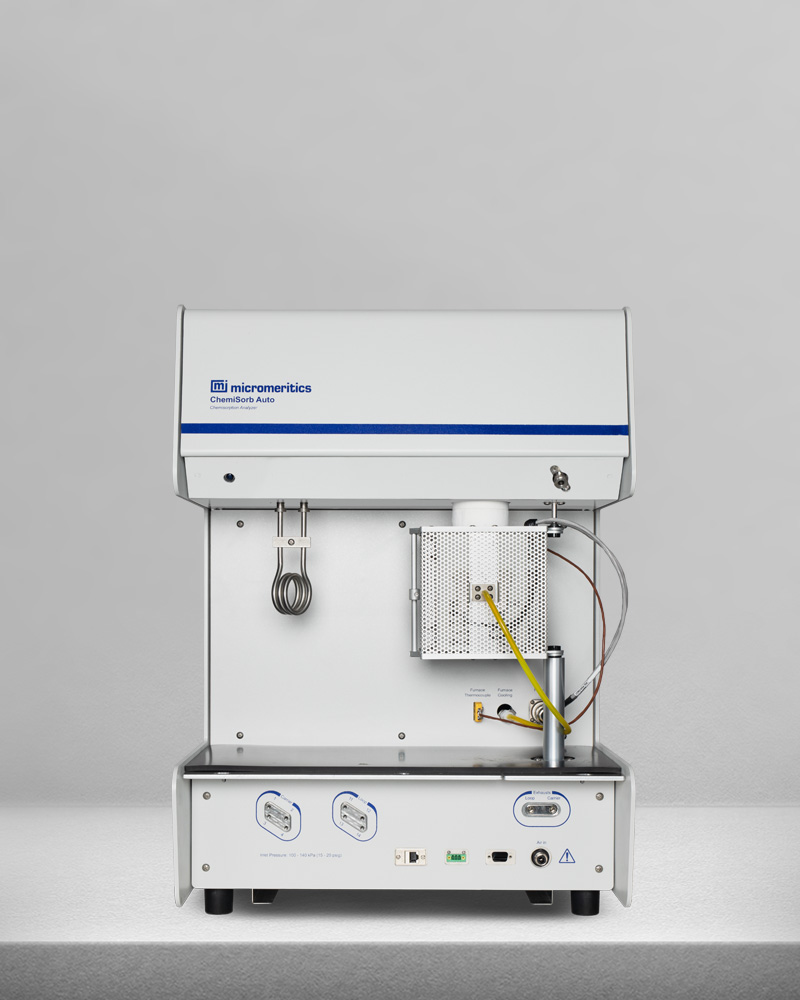Materials Characterization Toolbox

Materials Characterization Toolbox Brochure
The Effectiveness Of TPR For Catalyst Characterization

Introduction Chemisorption is a critical analytical technique used to investigate the surface properties of solid materials, particularly in the field of catalysis. Unlike physisorption, which involves weak van der Waals forces and is typically reversible, chemisorption involves strong, specific interactions such as covalent or ionic bonding. These interactions often result in the formation of a […]
Pulse Chemisorption For Evaluating Metal Dispersion AndCatalyst Activity

Introduction Chemisorption is a powerful analytical method used to investigate the surface properties of solid materials, particularly catalysts. Unlike physisorption, which involves weak van der Waals interactions, chemisorption involves strong interactions such as covalent or ionic bonds. This interaction is highly specific, often irreversible, and only forms a monolayer. The interaction highly depends on the […]
ChemiSorb Auto

Automated chemisorption analyzer for essential catalyst characterization measurements
Minimum Surface Area Measurements with Micromeritics Physisorption Analyzers
A frequently asked question is “how much sample is required for a surface area analysis?” The simple answer is that it depends: it depends on the type of instrument being used for the measurement, and its accepted measurement tolerance; it depends on the type of sample tube being used for the measurement, which affects the […]
Introduction to Chemical Adsorption Analytical Techniques and their Applications to Catalysis
Abstract The chemical adsorption isotherm reveals information about the active surface of a material and has been employed for many years as a standard analytical tool for the evaluation of catalysts. Temperature-programmed reaction techniques have emerged from the 1950’s as an indispensable companion to chemisorption isotherm analyses in many areas of industry and research. This […]
The Heat of Adsorption of Hydrogen Gas on Lanthanum Pentanickel
by: Reid Davis Lanthanum pentanickel (LaNi5) is a metal alloy that, under the correct pressure and temperature conditions, will rapidly sorb hydrogen gas and form a metal hydride compound. Hydride forming metal compounds are well known for their ability to sorb large amounts of hydrogen gas at a specific pressure, store it, and later release […]
Diffusion of Nitrogen and Methane in Clinoptilolites – Tailored for N2/CH4 Separation
Ambalavanan Jayaraman and Ralph T. Yang* *Department of Chemical Engineering, University of Michigan Ann Arbor, Michigan 48109, USA Introduction Upgrading production from the aging natural gas wells by non-cryogenic separation of nitrogen from methane continues to be a topic of intense research. New nano-structured sorbent materials have been developed in the recent past for the […]
Carbon Dioxide Characterization of Carbons with the TriStar II 3020
Introduction The use of carbon dioxide allows for rapid, high-resolution characterization of microporous materials. The Micromeritics TriStar II 3020 can be used to characterize micropores below 10 angstroms within 8 hours using CO2 as the adsorptive gas and an ice bath (273 K) for the analysis bath. Isotherms from CO2 adsorption were compared with N2 […]
The Surface Area of Magnesium Stearate — An Excipient Used In Pharmaceuticals

Magnesium stearate is widely used in the pharmaceutical industry as an excipient in tableted drugs. The physical properties of the magnesium stearate influence the tableting characteristics of the formulation as well as the in vivo degradation and dissolution of the solid drug. The United States Pharmacopia, which has already established a standard for the particle […]